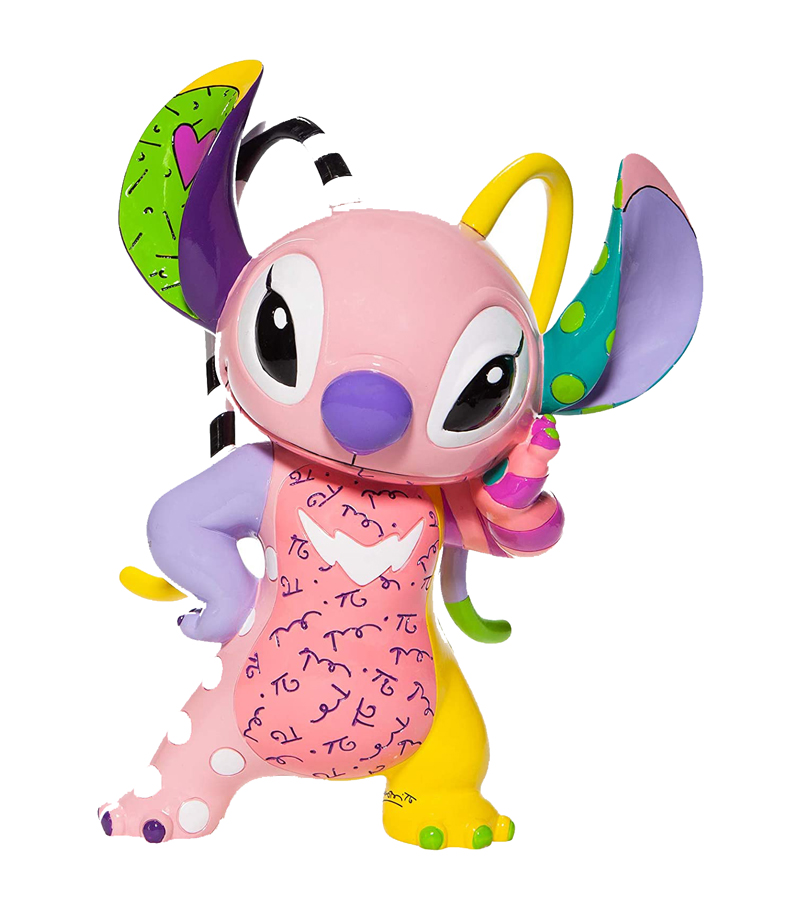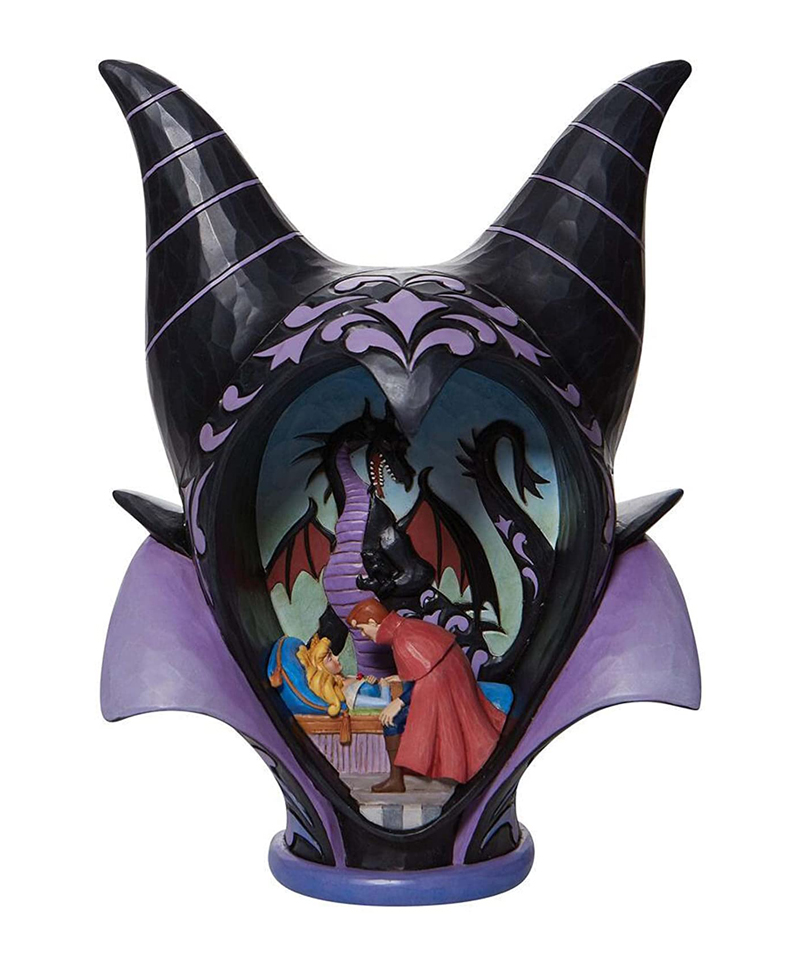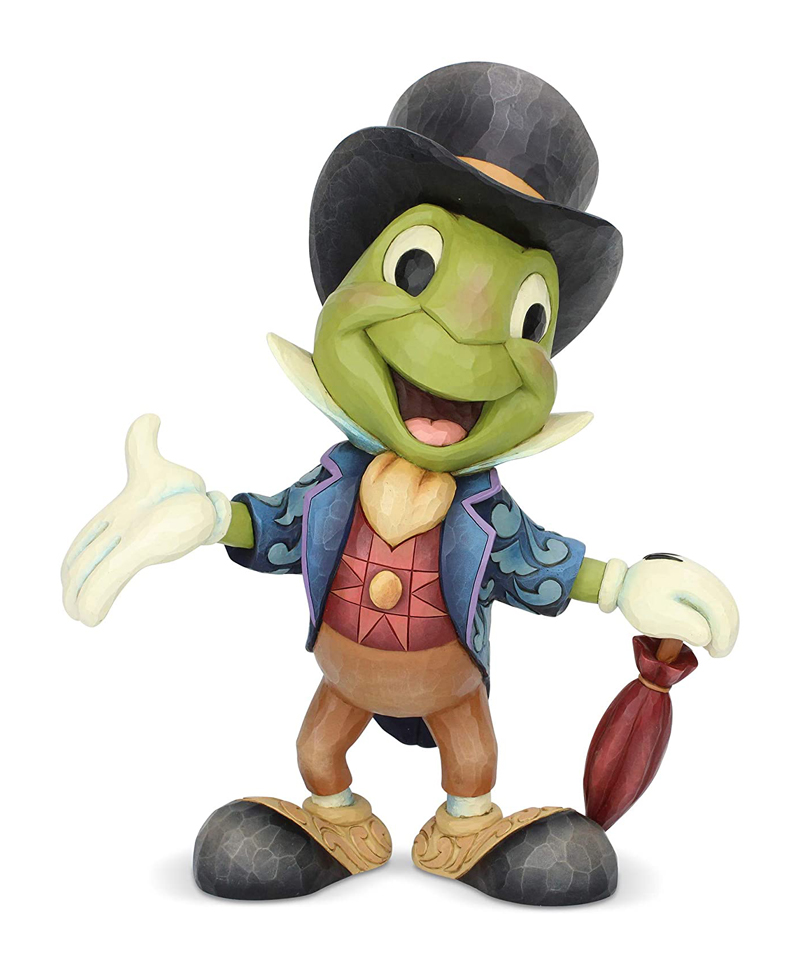Disney Angel “Experiment 624” Statue
This Disney Angel Statue is full of spunk and optimism, an eccentric work of art that will be the eye-catching center pieces of any collection. Romero Britto is best known for his bold and vibrant use of colorful patterns and this Disney by Britto statue is a fantastic representation of his artistry. Angel, aka Experiment 624, and Stitch’s female counterpart. Britto maintains her predominantly pale pink coloring while throwing in splashes of bright colors throughout. She’s finished off with a pink heart icon in her ear. Angel, aka Experiment 624, is an illegal genetic experiment created by Jumba Jookiba. She is Stitch’s love interest, mate (or “boojiboo” as they call each other), and female counterpart. From Stitch! onward, she is also considered to be a major character in the Lilo & Stitch franchise. She is designed to turn people and experiments from good to evil. Programmed with a special musical neuro-linguistic behavioral modification trigger, she sings a siren song to turn her victims evil. The effects can be reversed by chanting the evil song backwards. She was found by Gantu, who used her against Lilo and Stitch until she turned on him, leading him to capture her in retaliation. She was later rescued in “Snafu“. After her rescue, she became an intergalactic singing sensation and Stitch’s truelove. Her demanding career requires her and Stitch to maintain a long-distance relationship.
Angel is shown to be seductive and deeply enamored with Stitch. She is generally friendly, but sometimes she can be downright nasty. Since being reformed, her sweeter side shows a lot more. She has a very feminine voice and has been noticed flirting with the other experiments, until Stitch eventually wins her heart. Oddly enough, Reuben also has a crush on Angel, though she has shown extreme displeasure towards him. Angel was taught the meaning of love and ʻohana by Lilo & Stitch, and would do just about anything for them. She has even helped Stitch out of trouble on several occasions. Angel’s song causes any formerly evil person who hears it (including rehabilitated experiments created before her) to revert back to evil. Also, when Angel’s song is sung backwards, it will have the opposite effect (turning evil people and previous experiments to good). However, experiments that were created after her, like Stitch, Reuben, 627, and Leroy, are immune to her song. “Akootah chi meetoh igata no mootah, naga to nala itume tidooka“. “Heed me, you are in my power. Henceforth, nothing shall be too cruel or too abominable for you. You cannot escape”. Disney Angel “Experiment 624” Statue measures: 6.3 inches / 16 cm x 5.1 inches / 13 cm x 7.7 inches / 19.5 cm.
Disney Angel Statue on Amazon.
Disney Angel Statue on eBay.
Cartoons Statues and Disney Statues.










You must be logged in to post a comment.